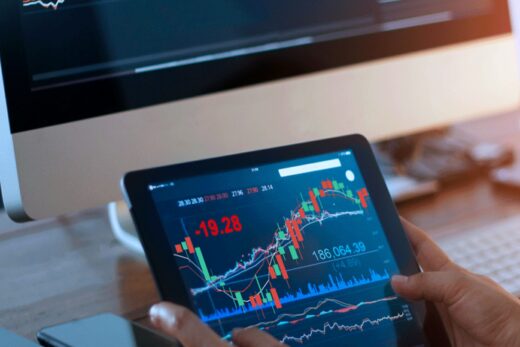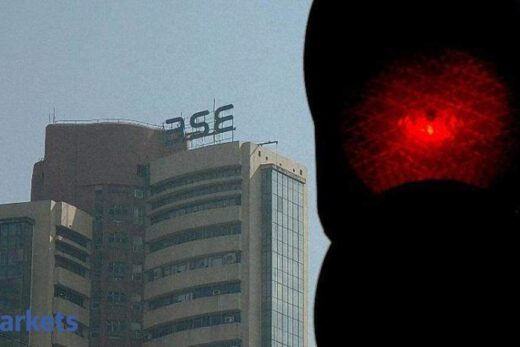An IIT-Kanpur model for prediction is already indicating that the peak is behind us and that the fall in the number of cases would be as rapid as the rise. However, we do expect another uptick in cases when the lockdowns/ curfews are withdrawn, which we expect would happen from this month in several states. We do believe the opening up would be gradual, but restrictions would be relaxed as time progresses.
The lockdowns this time around did allow more economic activity and were of shorter periods compared with last time when the duration was very long.
Several sectors have not been impacted by the lockdowns this time. Construction activities of NHAI continued during this period. The lockdowns were imposed after the sowing season got over, and hence again, the agro-economy remained protected. IT companies have seen growth in profits and order intakes in this period. Metal companies are seeing record profits and could continue their operations.
Among the sectors impacted most are retail, mass entertainment, travel, consumer durables and auto. Some of the spaces like autos and durables would benefit from pent-up demand when markets open up. The overall economic cost is, hence, likely to be much lower compared with the first lockdown.
At the same time, the availability of vaccines is being expanded. We expect the availability to improve sharply from July. Hopefully enough of population would be vaccinated before there is a third wave. Already, businesses are organising their staff to be inoculated and in two months we do expect high population concentration areas such as large cities, manufacturing sites, banks, IT companies to have got vaccinated, allowing return to normalcy.
De facto, the direct economic impact of the crisis should be less than a quarter of complete cash flow loss.
Let us look at what happens to the value of a firm if it has one quarter damaged for some reason.
The value of a firm is based on its future cash flows discounted to present. If one loses a quarter of business for some reason, the impact on the value of the firm is small. If we assume that a firm does Rs 100 of cash flow a year (divided evenly every quarter) and grows at 8 per cent a year for 20 years, then we discount this cash flow and terminal value to the present at 12 per cent to arrive at a value of Rs 1,967. If in this assumption, one quarter of cash flow is lost, the value of the firm drops to Rs 1,943, a difference of less than 1.5%.
On various assumptions of the future, the impact of one quarter loss of cash flow would range between 1 to 2%.
 ET CONTRIBUTORS
ET CONTRIBUTORSPolicy makers have tried to lend a helping hand. RBI has adopted an accommodative monetary policy. Interest rates have been declining. Over past year, rates on 10-year G-sec (risk-free rate) have dropped by over a 1%. Retail individuals have seen a sharp cut in borrowing costs. Home loans are now available for the lowest rates ever.
The reduced interest rates (lower discount rate) have the effect of increasing the discounted value of future cash flows into the present. A 0.25% reduction in interest rate on a sustainable basis more than makes up for the loss of valuation on account of one quarter of disruption, while 1% lower interest rate makes it higher by 15%.
Markets are around 25% higher than pre-Covid peak with earnings around 20% higher for FY21 over FY20, and may be pricing in only 5-7% of the theoretical 15% benefit of lower discount rate. Hence I believe, while most of the easy money is made, there is still room for more upside.
The key risk is a spike in inflation and interest rates. Given the fact that our inflation vs that of the developed world has converged more than our interest rates, there is a possibility that over a period of say five years our interest rates could be lower than present, while in the interim we could see some rise.
 ET CONTRIBUTORS
ET CONTRIBUTORSHappy investing!



